The concept of vehicle-to-everything (V2X) communications has been around for 20 years. So far, V2X has achieved limited uptake for several reasons. That’s about the change with the widespread deployment of 5G technology. The 5G new radio (NR) standards contain several innovations that will change the game for V2X technology, saving lives, reducing fuel consumption, and enabling more efficient vehicle transportation.
A brief history of V2X communications
The idea of vehicles communicating among themselves for improved traffic safety has been around since the late 1990s when the U.S. Federal Communications Commission (FCC) first allocated spectrum, specifically for intelligent transport systems. In the years that followed, the concept expanded beyond vehicles communicating just with each other, to cars communicating wirelessly with infrastructure (such as toll booth equipment) to eventually, communicating with so-called vulnerable road users such as pedestrians and cyclists. Figure 1 demonstrates the concept of V2X communications.
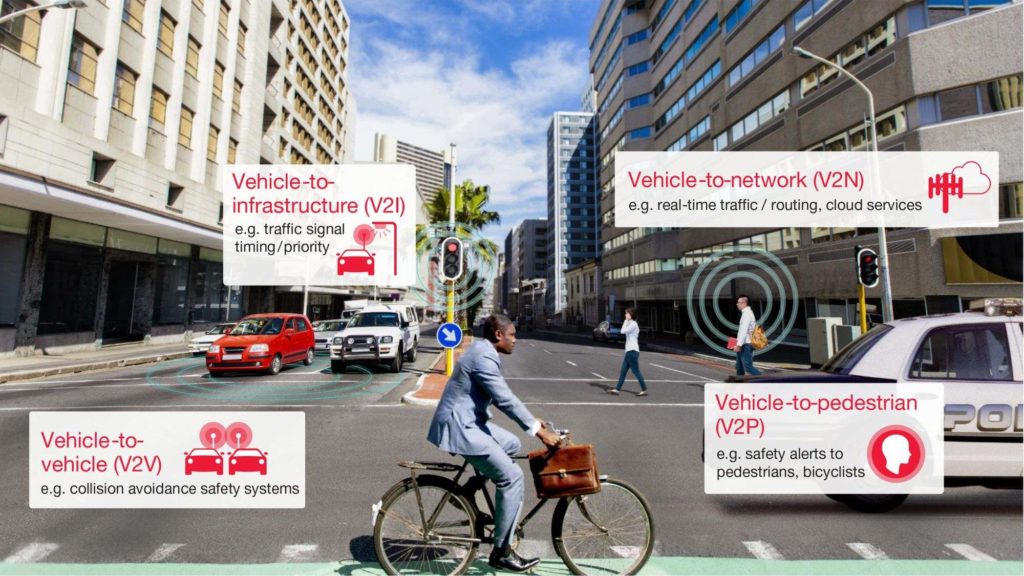
Figure 1. V2X enables vehicles to maintain communications with other
vehicles, infrastructure, pedestrians, and cyclists.
In the early days of V2X, there were several different technologies proposed for communications between vehicles. Some of these were deployed and tested on a limited basis.
In 2012, the IEEE published the 802.11p specification for WLAN-based vehicle-to-vehicle (V2V) and vehicle-to-infrastructure (V2I) communications. This standard, known as dedicated short-range communication (DSRC), has gained some traction and has been deployed in a few vehicles, including some Toyota models sold in Japan and some General Motors’ Cadillacs sold in the United States. More recently, in 2019, Volkswagen made V2X communications modules based on DSRC standard equipment on Golf models sold in Europe.
Meanwhile, other automakers—including Ford, BMW, and Audi—are moving to deploy V2X communications based on cellular technology rather than DSRC. Initial deployments of cellular vehicle-to-everything (C-V2X) technology utilize the 4G C-V2X standard that was part of the 3rd Generation Partnership Project (3GPP) Release 14 in 2017. The first chipsets designed specifically for long term evolution C-V2X (LTE-V2X) began sampling in 2018, and the first commercial vehicles to incorporate the technology will start rolling off the production line in China later this year.
There are more vehicles planned by major automakers that will feature DSRC-based V2X, and there will be many more that incorporate LTE-V2X technology. There will also be many deployments of hybrid modules that feature both DSRC-based V2X and LTE-V2X. Ultimately, several factors hinder the potential uptake of both DSRC-based V2X and LTE-V2X, including the limitations of the technology and lack of widespread deployment. DSRC has never caught on in a big way, partly because there are few vehicles and little roadside infrastructure equipped for it. LTE-V2X offers more functionality and a potentially more significant user base, but the technology lacks the speed, responsiveness, and reliability required for the most advanced C-V2X use cases.
Enter 5G
While LTE-V2X can enhance automotive safety and enables the broadcast of safety messages, 5G takes C-V2X technology much further with significantly lower latency, greater responsiveness, higher reliability, and wider bandwidths. 5G connectivity will be ubiquitous in populated urban areas, with connections available in everything from handsets to Internet of Things (IoT) to parking meters, traffic signals, buildings, traffic cameras, buildings, and more. As a faster, more reliable networking technology that will be everywhere, 5G is poised to move C-V2X forward.
3GPP Release 15, completed last year and described as Phase 1 of the standardization of 5G New Radio, adds features that will enhance C-V2X traffic safety. Forthcoming 5G C-V2X enhancements in 3GPP Release 16 and Release 17 will provide higher throughput, higher reliability, and ultra-low latency. These enhancements will enable the evolution of C-V2X to a ubiquitous wireless communications system that connects vehicles, roadside infrastructure, and vulnerable road users such as pedestrians and cyclists to improve safety, energy efficiency, and traffic speed.
Many of the enhancements in Release 15, Release 16, and Release 17 are related to so-called ultra-reliable low-latency communications (URLLC)—one of the most widely lauded 5G use cases. URLLC is composed of two separate groups of technologies—one that improves communications reliability and another that dramatically reduces latency — that are frequently lumped together to describe the benefits of the use case. URLLC is necessary to enable many of the most advanced C-V2X features, including support for vehicle platooning, coordinated driving, remote driving, sensor data sharing for collective situational awareness and collision avoidance, and real-time traffic and infrastructure updates.
A premium on speed and reliability
Many of the most advanced C-V2X features require near real-time communications with nearby vehicles, infrastructure, and the cloud. For example, one type of non-line-of-sight application often held up to demonstrate the benefits of V2X is blind intersection alerts. Blind intersection alerts enable vehicles in the general proximity of another vehicle approaching a blind intersection to send warning messages notifying the car of something that the driver of that vehicle most likely cannot see, such as a pedestrian about to cross the vehicle’s path.
While pooling data about potential collisions or road conditions has the obvious potential to improve traffic safety, to be effective it requires instantaneous data transmission and reception capabilities. An alert sent to a car approaching a blind intersection about a pedestrian crossing the road won’t do much good if it doesn’t arrive before the vehicle reaches the intersection.
For many of the same reasons, communication reliability is also critical. For a C-V2X alert to avert a tragedy in the above example, the car must receive the signal. If such an alert fails to reach its intended target, it would not only be useless, but the failure of the technology would only compound the sadness of the event.
3GPP Release 15 guarantees highly secure URLLC communications with a latency of no more than 1 msec. To put that into perspective, the average reaction time of the human brain to audio stimulus is more than 150 msec—about 150 times longer than the time between the transmission and reception of a URLLC transmission. In other words, the transmission speed of a URLLC communication is almost instantaneous—much faster than it takes your mind to react to the sound of a horn honking.
Release 15 also mandates URLLC connection reliability of 99.999 percent. In other words, 99,999 of 100,000 transmissions make it to the intended target. While this is technically not flawless reliability, in practice, it is probably as close as it can get.
The 5G standards implement several quality-of-service components to comply with these stringent targets. These new components include time-sensitive networking, a new frame structure, flexible numerologies, dynamic time division duplex (TDD), and other physical layer procedures for data transmission.
Network engineers typically optimize mobile traffic management protocols for efficiency above all else. URLLC, however, turns that equation on its head, implementing resource-intensive components designed to maximize the speed and reliability of the transmission at the expense of efficiency. Included among these brute-force innovations are several redundancy features designed to ensure that transmitted data reaches its destination—virtually at all costs.
Included in this category are techniques such as blind repetition, which entails sending the same packet multiple times in case a given packet is lost or arrives with errors. Frequency diversity — disseminating the same information at different frequencies or with different antennas to increase the odds that its intended target will receive a transmission — is another of these techniques. Figure 2 shows other schemes in the 5G NR standard known as carrier aggregation and dual connectivity that enable the duplication of data across multiple carriers, redundancy features designed to ensure that the signal reaches its destination.
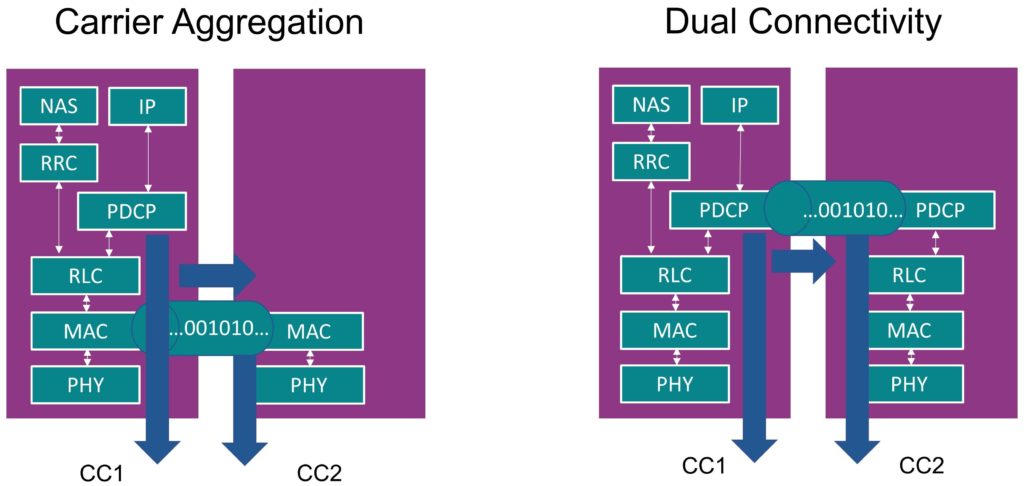
Figure 2. Carrier aggregation and dual connectivity are two redundancy schemes included in the 5G NR standard that designed to ensure that data reaches its destination.
In addition to the speed and reliability offered by URLLC, enhancements included in Release 15, Release 16, and Release 17 introduce new communications modes beyond broadcasting to enable to concepts of C-V2X group casting and unicasting. These communications modes place greater emphasis on the ability to exchange information from vehicle to vehicle and between vehicles and roadside infrastructure and venerable road users.
Green light to the future
As with many other things, the widespread rollout of 5G will have a profound impact on the automotive industry, enhancing the safety, speed, and efficiency of automotive travel. Robust 5G C-V2X technology has the potential to eliminate or reduce the severity of up to 80 percent of auto accidents while dramatically reducing highway travel time and fuel consumption, according to a 2014 report by the National Highway Safety Administration, a U.S. government agency responsible for highway safety. Thanks to URLLC and other components of the 5G NR standards, V2X technology will at long last, have the capability and widespread deployment required to make driving safer, smarter, and more predictable.
 Dylan McGrath is a veteran technology journalist and former editor-in-chief of EE Times. He is now a senior industry solutions manager at Keysight Technologies.
Dylan McGrath is a veteran technology journalist and former editor-in-chief of EE Times. He is now a senior industry solutions manager at Keysight Technologies.
Related articles
- Breaking The Psychological Barrier To Autonomous Vehicle Adoption
- The impacts of 5G on the future: A new era of connectivity

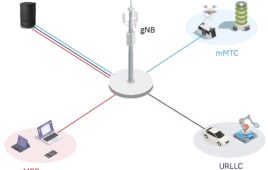
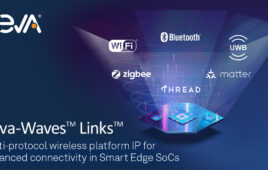
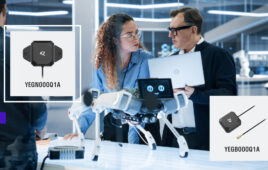
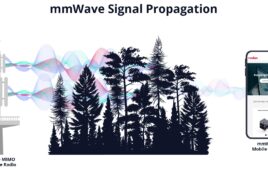
Tell Us What You Think!